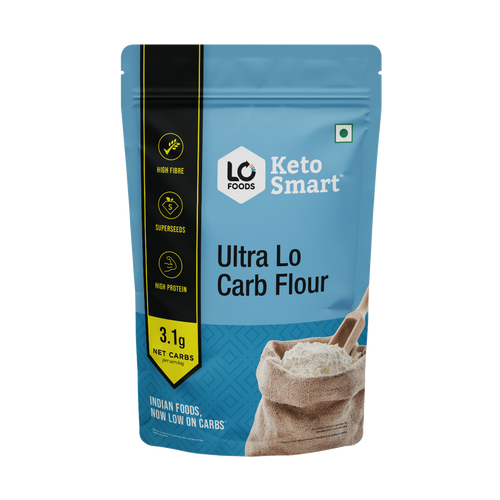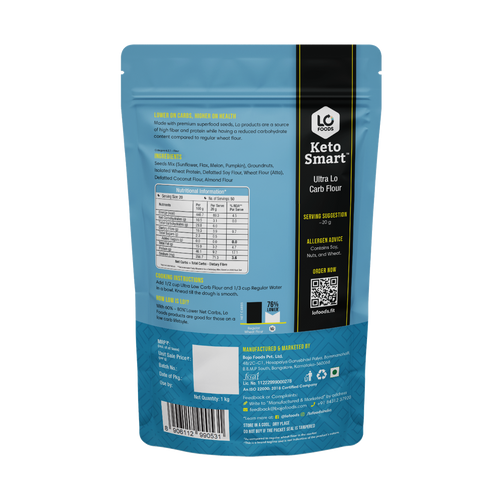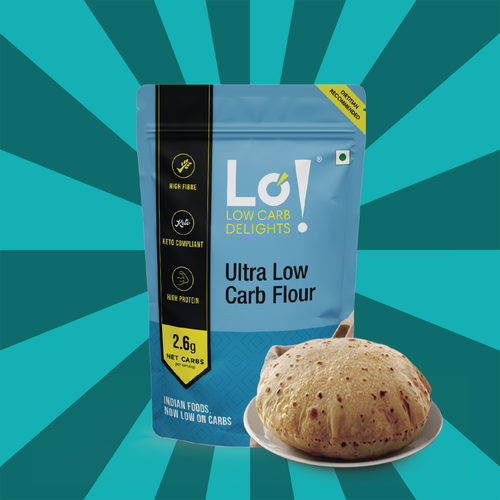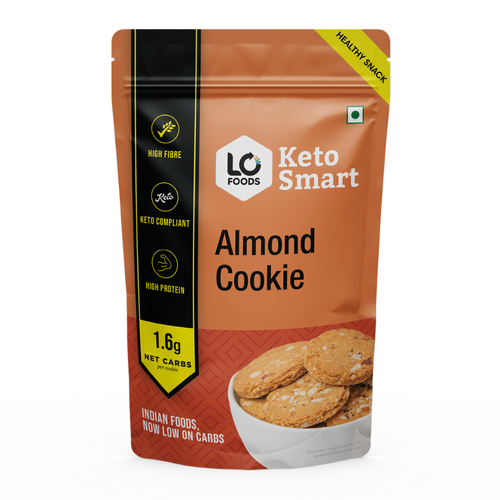
Types of Millets and Their Nutritional Profiles
Millets, often called "smart grains," have been a staple food in many cultures for thousands of years. These tiny grains are celebrated for their incredible nutritional richness and adaptability to harsh climates. With modern diets shifting toward healthier, sustainable options, millets are making a strong comeback. They are naturally gluten-free, packed with essential nutrients, and offer numerous health benefits for people of all ages.

Understanding Millets: More Than Just Ancient Grains
Millets are a diverse group of small-seeded grasses, cultivated largely in Asia and Africa. They are among the oldest cultivated crops, known for their resilience to drought and poor soil conditions. Unlike polished rice or refined wheat, millets retain their outer bran, making them superior sources of fiber and micronutrients.
The resurgence of millet consumption is driven by growing awareness around gut health, metabolic wellness, and the need for climate-resilient crops. Their unique nutrient profile and low glycemic index make them particularly beneficial for individuals with diabetes, cardiovascular issues, and weight management needs.
Types of Millets and Their Nutritional Comparison
Each type of millet offers its own set of health benefits, flavors, and culinary uses. Here’s a table summarizing some popular types and their key nutritional highlights per 100 grams:
|
Millet Type |
Key Nutrients |
Unique Benefits |
|---|---|---|
|
Foxtail Millet |
High in iron, magnesium, and complex carbs |
Supports heart health and energy |
|
Pearl Millet (Bajra) |
Rich in fiber, protein, and antioxidants |
Strengthens immunity and digestion |
|
Finger Millet (Ragi) |
Excellent source of calcium and amino acids |
Promotes bone health and growth |
|
Little Millet |
High in B vitamins, minerals, and fiber |
Improves metabolism and gut health |
|
Kodo Millet |
Low in fat, high in antioxidants |
Helps manage diabetes and weight |
|
Barnyard Millet |
Rich in iron and dietary fiber |
Supports hemoglobin levels and detoxification |
|
Proso Millet |
Good source of protein, niacin, and lecithin |
Enhances nerve function and metabolism |
Reasons to Include Millets in Daily Diet
Millets offer a unique nutritional profile that provides a wide range of benefits:
-
Nutrient-Dense: Millets are loaded with vitamins like B-complex, minerals like magnesium, iron, and zinc, and are higher in fiber compared to conventional grains.
-
Gluten-Free Alternative: Ideal for people with gluten intolerance or celiac disease.
-
Promotes Satiety: Their high fiber content ensures longer satiety, reducing overall calorie intake and aiding in weight loss.
-
Supports Sustainable Farming: Millets require less water and can thrive without chemical fertilizers, making them an eco-friendly choice.
Symptoms of Nutrient Deficiency That Millets Can Help Address
Including millets can aid in correcting several common nutrient deficiencies:
-
Iron Deficiency: Symptoms like fatigue, brittle nails, and pale skin may improve by consuming iron-rich millets like pearl and barnyard millet.
-
Calcium Deficiency: Finger millet’s high calcium content supports bone density, addressing symptoms like frequent fractures and muscle cramps.
-
Fiber Deficiency: Low-fiber diets can cause constipation and gut issues, both of which can be alleviated through millet consumption.
Comparing Millets with Common Grains
Millets not only compete with but often outperform commonly consumed grains like rice and wheat when it comes to nutrition. A simple comparison highlights the advantages:
-
Fiber: Millets have about 2-3 times more dietary fiber than polished rice.
-
Glycemic Index: Millets possess a lower glycemic index, which helps in managing blood sugar spikes.
-
Mineral Content: Millets generally offer more iron, magnesium, and potassium compared to refined wheat.
How Millets Support Specific Health Goals
Millets can be incorporated strategically into diets depending on individual health goals:
-
For Diabetics: Little millet and Kodo millet are particularly effective in stabilizing blood sugar levels.
-
For Weight Management: The satiety-promoting effect of Barnyard millet and Foxtail millet helps control hunger cravings.
-
For Bone Health: Finger millet is an excellent choice for children, adolescents, and the elderly who need stronger bones.

Tips for Adding Millets to Your Meals
-
Start Gradually: Replace a portion of rice or wheat with millet in your meals a few times a week.
-
Mix Varieties: Different millets have different textures; mixing them creates interesting dishes.
-
Soak Before Cooking: Soaking millets for a few hours reduces cooking time and improves nutrient absorption.
Summary
Millets offer a powerhouse of nutrition wrapped in tiny grains. With their rich supply of fiber, essential minerals, and plant-based protein, they address several modern nutritional deficiencies while promoting sustainable agriculture. Whether you seek better blood sugar control, improved digestion, stronger bones, or simply a more eco-friendly lifestyle, millets make a valuable addition to your plate. Embracing this traditional superfood through Lofoods' healthy offerings ensures a delicious, wholesome journey toward better living.
This Blog post is an initiative by Lo! Foods, to provide accurate and Nutritionist / Doctor approved information related to Health. Lo! Foods is India's leading brand for Everyday Functional Foods. Foods designed for specific Health conditions or Needs. Lo! Foods also runs India's largest range of Low Carb Healthy Cloud Kitchens, under the brand names of Lo!, ProteinChef, ATH (All Things Healthy) and DiabeSmart.















Leave a comment
Your email address will not be published.